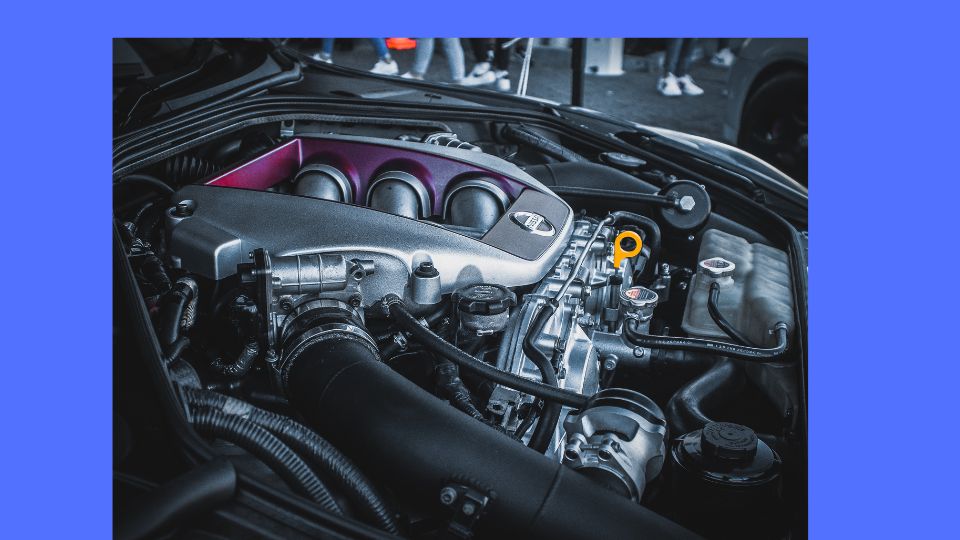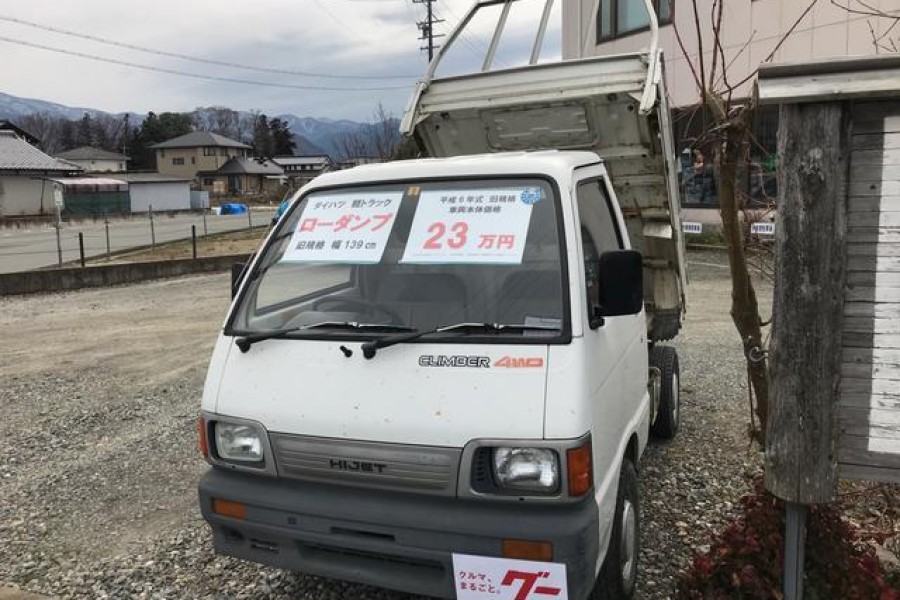How To Replace the Fuel Gauge Of Your Truck
A fuel gauge is a simple mechanism to interpret. It has two markings when it points to ‘E’, your tank is empty, and when it points to ‘F’, your fuel tank is full. When it stops pointing, you will be left in darkness, guessing the remaining fuel and if it can let you reach the nearby filling station.
Fuel gauge relies on electricity to work, whether analog or digital. But sometimes the fuel gauge fails to work efficiently.
Signs of a Malfunctioning Fuel Gauge
If you note these symptoms, your fuel gauge might be faulty.
- The false appearance of low fuel light.
- Reading ‘F’ when the tank is empty.
- Reading ‘E’ when the tank is full.
- Inconsistent readings.
Fuel gauge and fuel gauge sending unit are some of the electrical components with various parts. If its parts, like the fuse, are blown, or wires are not connected, you will experience any of the above symptoms.
To resolve the problem, you must diagnose your fuel gauge. When doing this, you will be under the hood testing various wires and dealing with the fuel. Ensure you have proper safety equipment.
Diagnosing a Faulty Fuel Gauge
Here are the steps that will let you locate where the problem.
Checking the Fuse
Locate the fuse of your fuel gauge and check whether it is working perfectly. If it is blown, consider replacing it. It might be a different issue if the fuse is okay or if you replaced it, but the fuel gauge is still not functioning.
Perform a Self-Test
Most modern trucks have inbuilt testing procedures that you can activate using a combination of a light switch, the trip button, and other dashboard buttons. To perform it effectively, check the owner’s manual, which has a unique code for your truck. When running the test, your gauge is okay when the needle circulates through its up-and-down motion.
Testing the Fuel Gauge Sending Unit
You must know how to use a multimeter to test the fuel gauge sending unit. Follow the below steps.
- Check the owner’s manual, which will help you locate the fuel tank and the fuel gauge sending unit.
- Access it by removing all the panels.
- Check if the wiring is okay or has any issues.
- Check the service manual to know the voltage standards for your fuel-sending unit.
- Use a multimeter to check the voltage of the wiring and the connector which supplies power to the sending unit. If the reading is inaccurate, follow the entire circuit to determine the issue.
- Check for resistance by plugging the connector and testing it again. If the voltage drops, it means that it is creating the necessary resistance.
- Remove the fuel-sending unit for further inspection if there is no resistance.
- After removing the unit, set your multimeter to ohms and test it.
- Determine the ohms range of your sending unit by checking the owner’s manual.
Conclusion
Fuel gauge has various components that work jointly to let you know the amount of fuel in your tank. If any of the components are faulty, it will not send accurate information. The procedure in this guide will let you know the exact faulty part so you can replace it soon.



